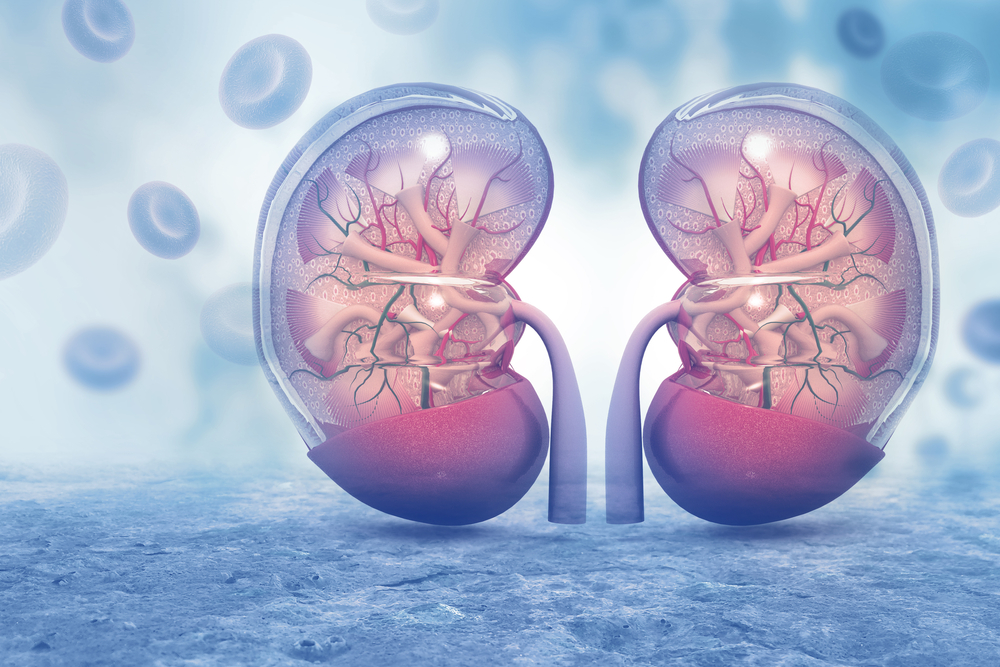Urinary Albumin May Help Doctors Assess Kidney Damage in Lupus Nephritis Patients

Urinary levels of the protein albumin may help determine the amount of kidney damage in lupus nephritis patients who exhibit few symptoms, according to a study.
The finding could help doctors decide which patients need a kidney biopsy.
The study, “Urinary Albumin Levels Are Independently Associated With Renal Lesion Severity In Patients With Lupus Nephritis And Little Or No Proteinuria,” was published in the journal Medical Science Monitor.
One of the most serious complications of systemic lupus erythematosus (SLE) is lupus nephritis, a condition characterized by inflammation of the kidney.
The manifestations can include nephrotic syndrome, or conditions that indicate kidney damage, and progressive kidney impairment. But lupus nephritis can sometimes be silent, with patients showing little or no proteinuria — proteins in the urine that are a sign of kidney damage.
Early detection of kidney damage stemming from lupus nephritis may improve prognosis, but reliable biomarkers are limited.
To investigate the possibility of new biomarkers for lupus nephritis, researchers followed 187 patients who had little or no proteinuria and who had undergone a kidney biopsy. The patients’ mean age was 31.7, and their mean proteinuria level was less than 0.5 g/24 hours.
Patients were divided into two groups according to disease severity. One hundred sixteen had low severity — Class 1 or 2 — and 71 high severity — Class 3, 4 or 5.
Disease status was assessed with the SLE disease activity index (SLEDAI). Reseachers also assessed evels of kidney proteins, such as serum β2-macroglobulin, urinary β2-macroglobulin, albumin, IgG, and α1-macroglobulin.
Patients in the high severity group had more urinary albumin and urinary IgG than the other group. Researchers associated levels of urinary albumin and SLEDAI score with severe kidney damage.
Researchers also found that urinary albumin levels of 7.53 µg/mL or higher had 67 percent sensitivity and 82 percent specificity in detecting high-severity kidney lesions. Sensitivity refers to how often a test will show a person has a particular condition. With specificity, the higher the percentage, the more likely a person has a condition.
“The results of this study show that urinary albumin levels and SLEDAI were independently associated with histological severity of [kidney] lesions in patients with [lupus nephritis] and little or no proteinuria,” researchers wrote. “These parameters could be used to help select patients for [kidney] biopsy.”
The study had limitations, such as the small number of patients and the fact that they all came from a single center, which could have introduce bias into the results. Studies with larger, multicenter groups of patients are necessary to validate these findings, researchers said.





